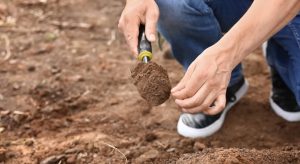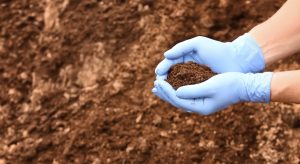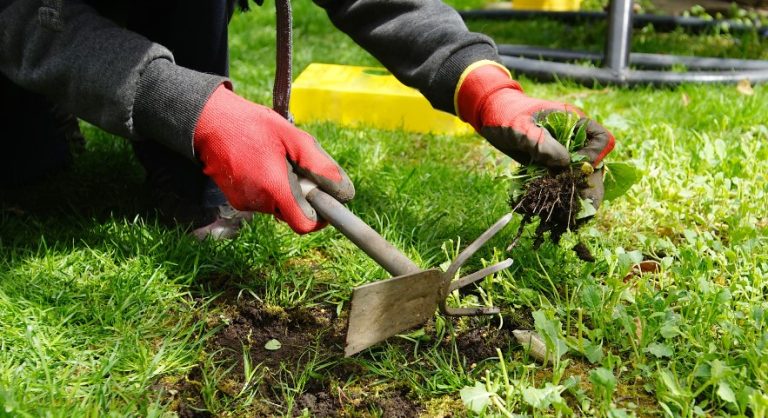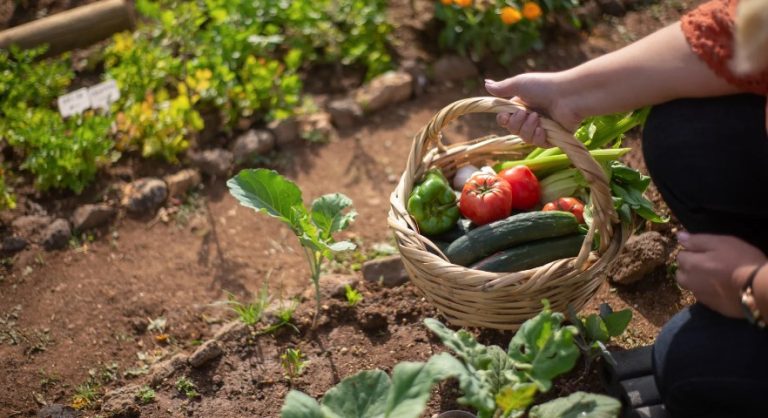How to Remove Contaminated Soil?
Soil contamination is a serious issue that can pose significant health risks to humans, animals, and plants. Whether caused by industrial activities, chemical spills, or agricultural practices, contaminated soil needs to be addressed promptly to ensure a safe environment. Here’s a comprehensive guide on how to remove contaminated soil effectively and safely.
1. Identify the Contamination
Before taking any action, it’s crucial to identify the type and extent of the contamination. Common contaminants include heavy metals, pesticides, petroleum products, and industrial chemicals.
Soil Testing

Conduct thorough soil testing using a professional laboratory to determine the contaminants present and their concentration levels. Soil testing kits are available, but for accurate results, professional analysis is recommended.
2. Plan the Removal Process
Once the contamination is identified, plan the removal process carefully. Consider the following factors:
Safety Measures
Ensure the safety of all personnel involved by providing appropriate protective gear, including gloves, masks, and safety goggles.
Local Regulations
Check local regulations regarding soil contamination and removal. Some areas may have specific guidelines and permits required for handling contaminated soil.
Containment Strategy
Plan how to contain the contaminated soil during removal to prevent further spread. This may include using plastic sheeting, barriers, or containment booms.
3. Gather Necessary Equipment and Materials
Prepare all the necessary equipment and materials for the removal process. This typically includes:
- Shovels and digging tools
- Wheelbarrows or heavy machinery for larger areas
- Heavy-duty plastic bags or containers for soil transport
- Plastic sheeting or tarps
- Decontamination supplies
4. Excavate the Contaminated Soil

Begin the removal process by carefully excavating the contaminated soil. Follow these steps for effective excavation:
Mark the Area
Clearly mark the boundaries of the contaminated area to ensure complete removal and to prevent accidental spread.
Dig Out the Soil
Use appropriate tools to dig out the contaminated soil. For small areas, shovels and wheelbarrows may suffice. For larger areas, consider using heavy machinery like excavators.
Layer-by-Layer Removal
Remove the soil layer by layer, starting from the top. This method helps in identifying the extent of contamination at different soil depths.
5. Transport and Dispose of Contaminated Soil
Proper transportation and disposal of contaminated soil are crucial to prevent environmental hazards:
Secure Packaging
Place the excavated soil in heavy-duty plastic bags or containers. Seal them securely to prevent leakage during transport.
Authorized Disposal Sites
Transport the contaminated soil to authorized disposal sites or treatment facilities. Ensure compliance with local regulations regarding hazardous waste disposal.
6. Decontaminate Tools and Equipment
After the soil disposal process, thoroughly clean and decontaminate all tools and equipment used:
Cleaning Procedures
Wash tools and machinery with a decontamination solution or soapy water. Rinse them thoroughly to remove any residual contaminants.
Proper Disposal
Dispose of cleaning residues and materials used in decontamination according to local hazardous waste disposal guidelines.
7. Restore and Rehabilitate the Site
After removing the contaminated soil, restore the site to ensure it is safe for future use:
Backfill with Clean Soil

Replace the excavated soil with clean, uncontaminated soil. Ensure the new soil meets safety standards and is suitable for the intended use of the land.
Soil Testing
Conduct soil testing again to confirm that the contamination has been successfully removed and the site is safe.
Vegetation and Landscaping
Replant vegetation and restore the landscape to its original condition or as desired. Healthy plants can help stabilize the soil and prevent erosion.
8. Implement Preventive Measures
To avoid future contamination, implement preventive measures and best practices:
Regular Monitoring
Regularly monitor the soil quality to detect any signs of contamination early.
Safe Handling of Chemicals
Properly store and handle chemicals to prevent spills and leaks. Use environmentally friendly products whenever possible.
Education and Training
Educate personnel and community members on the importance of preventing soil contamination and best practices for maintaining soil health.
Conclusion
Removing contaminated soil is a crucial step in protecting the environment and public health. By following this comprehensive guide, you can effectively and safely remove contaminated soil, ensuring a clean and safe space for future use. Remember to stay informed about local regulations and best practices to manage and prevent soil contamination.


